When joining exhaust parts, there are two main types: slip-fit vs bolt-on exhaust connections. A slip-fit connection involves sliding one pipe into another, while a bolt-on connection utilizes bolts and flanges to secure the parts together.
Understanding the difference between slip-fit vs bolt-on exhaust connections is crucial. It affects how your car operates, sounds, and the ease of installation or repairs. Choosing the right type of connection ensures your exhaust system functions effectively and meets your specific needs.
Key Takeaways
-
Slip-fit connections are simple to put together, great for beginners.
-
Bolt-on connections hold tightly, best for fast and powerful cars.
-
Regular care is needed for slip-fit systems to stop leaks.
-
Pick slip-fit for daily driving because it’s light and cheap.
-
Choose bolt-on if you want strong and long-lasting exhaust parts.
Slip-fit vs bolt-on exhaust connections: What are they?
What is a Slip-fit Exhaust Connection?
A slip-fit connection means sliding one pipe into another. Clamps or sealants hold the pipes together and stop leaks. This type is popular because it’s simple and easy to use. You can adjust or remove it during repairs or upgrades.
Different clamps help make slip-fit connections tight. Here’s a quick look at some common clamps:
|
Clamp Type |
What It Does |
Best Use |
|---|---|---|
|
U-bolt Clamp |
Cheap, squeezes pipe for a strong hold. |
Long-term pipe connections. |
|
Band Sleeve Clamp |
Grips two pipes tightly, great for straight pipes. |
Joining straight pipes. |
|
Narrow Band Clamp |
Reusable, fits specific slots for clamping. |
Stainless steel slip-fit pipes. |
|
Tube Band Clamp |
Thin, bends to seal without slots. |
Reusable but size-sensitive. |
|
V-Band Clamp |
Strong hold, good for high-performance setups. |
Turbo or supercharger systems. |
Slip-fit connections are light and affordable, perfect for muffler installs. But, they might need extra clamps or sealants to stop leaks later.
What is a Bolt-on Exhaust Connection?
A bolt-on connection uses bolts and flanges to join pipes. This creates a strong and lasting connection. It’s common in racing or high-performance cars. Flanges line up the pipes, and bolts keep them tight to avoid leaks.
Bolt-on connections are tougher than slip-fit ones. They handle high pressure and heat changes well. This makes them great for vehicles needing strong and durable exhaust systems. But, installing them takes more tools and skill than slip-fit connections.
If you want a secure and long-lasting fit, choose bolt-on. It also keeps exhaust flow steady, improving sound and efficiency in your car.
Pros and Cons of Slip-fit Exhaust Connections
Advantages of Slip-fit Connections
Easy to install
Slip-fit exhausts are simple for beginners to use. You don’t need special tools or skills to install them. One pipe slides into another, making it easy to set up. This saves time and effort, especially for home projects.
Tip: If you’re new to exhaust systems, start with slip-fit connections.
Adjustable and flexible
Slip-fit connections let you adjust pipes during installation. This helps align them properly without much trouble. It’s useful when upgrading or changing your exhaust system. You can also remove and reattach pipes easily if needed later.
Lightweight and budget-friendly
Slip-fit systems weigh less than bolt-on ones. This can make your car lighter and improve gas mileage. They also cost less, making them a good choice if you’re saving money.
Disadvantages of Slip-fit Connections
Might leak over time
Slip-fit connections can develop leaks as they age. Small gaps may form, letting exhaust gases escape. This can hurt your car’s performance and sound.
Can loosen with use
Over time, vibrations from driving can loosen slip-fit pipes. This makes the connection less secure. You’ll need to check and tighten them regularly.
Extra clamps or sealants may be needed
To stop leaks, you might need extra clamps or sealants. These are cheap but add more work to the setup.
Note: Always inspect your slip-fit system for leaks after installing it to avoid problems.
Pros and Cons of Bolt-on Exhaust Connections
Advantages of Bolt-on Connections
Strong and secure hold
Bolt-on exhausts stay firmly in place. Bolts and flanges keep pipes tight, stopping leaks. This strong fit helps your car’s exhaust work well. Vibrations won’t loosen the connection over time.
Tip: For long trips, bolt-on connections are a reliable choice.
Tough and long-lasting
Bolt-on connections are made to last. They handle heat and pressure without breaking. This makes them great for cars used often or in tough conditions. They last longer than slip-fit connections.
Best for high-performance cars
If you want better car performance, choose bolt-on connections. They keep exhaust flow steady, improving power and sound. Race cars and high-performance vehicles benefit from their strength and stability.
Disadvantages of Bolt-on Connections
Harder to install
Installing bolt-on exhausts takes more work. You’ll need tools like wrenches to tighten bolts. Aligning flanges can be tricky for beginners. This makes them harder to set up than slip-fit systems.
Heavier and may cost more
Bolt-on systems use thicker materials, adding weight to your car. This extra weight can lower fuel efficiency slightly. They also cost more because they are stronger and more durable.
Less room for changes
Once installed, bolt-on exhausts are hard to adjust. The bolts and flanges create a fixed setup. This makes repairs or upgrades more difficult. If you plan to change your exhaust often, this might not be ideal.
Slip-fit vs bolt-on exhaust connections: Key factors to consider
Installation Difficulty
Comparing ease of installation
Slip-fit exhausts are easier to install. You slide one pipe into another and secure it with clamps or sealants. This makes them great for beginners or DIY projects. Bolt-on exhausts need flanges aligned and bolts tightened. This can be harder if you’re not experienced.
If you want a quick setup, go with slip-fit. But, bolt-on exhausts give a stronger hold, which may be worth the extra effort.
Tools and skills required
Slip-fit exhausts need few tools. A wrench and clamp usually work. Bolt-on exhausts need more tools, like a torque wrench, to tighten bolts properly. They also need more skill since bad alignment can cause leaks or lower performance.
Tip: Beginners should try slip-fit exhausts first to avoid stress.
Maintenance and Longevity
Durability over time
Bolt-on exhausts last longer. They handle heat and pressure better, so they wear out less. Slip-fit exhausts can loosen from vibrations. Regular checks help keep them tight and working well.
-
Regular maintenance helps meet emission rules.
-
Stress cracks can happen in multi-part couplings, so care is key.
-
Follow maker advice to avoid unsafe conditions.
Ease of repairs or replacements
Slip-fit exhausts are easier to fix. You can swap parts without taking apart the whole system. Bolt-on exhausts are tougher to repair. Their fixed design means repairs take more time and effort.
Note: Using clamps like U-bolt or band sleeve clamps makes slip-fit repairs easier.
Performance and Application
Best for street vehicles
Slip-fit exhausts are good for daily cars. They are light, cheap, and easy to adjust. These features make them fine for normal driving where extreme strength isn’t needed.
Best for performance or racing vehicles
Bolt-on exhausts are better for race or high-performance cars. They fit tightly, keeping exhaust flow steady. This improves power and torque. Tests show replacing stock exhausts with high-performance ones boosts engine output.
|
Exhaust Configuration |
Horsepower |
Torque |
|---|---|---|
|
Stock Exhaust |
285.37 hp |
308.11 ft-lbs |
|
3-inch Spiral Baffles |
302.92 hp |
318.88 ft-lbs |
|
3-inch Baffles + 91-octane |
311.70 hp |
333.48 ft-lbs |
For better performance and strength, bolt-on exhausts are the best choice.
Slip-fit and bolt-on exhausts have different uses. Slip-fit exhausts are easy to install and adjust. Bolt-on exhausts are strong and built for performance. Pick one based on your needs.
Slip-fit systems are good for lightweight setups. They are cheaper but may need extra care to stop leaks. Bolt-on systems fit tightly and work well for high-performance cars. They last longer but take more effort to install.
For everyday driving, slip-fit exhausts are a simple choice. For racing or powerful cars, bolt-on exhausts give better sound and strength.


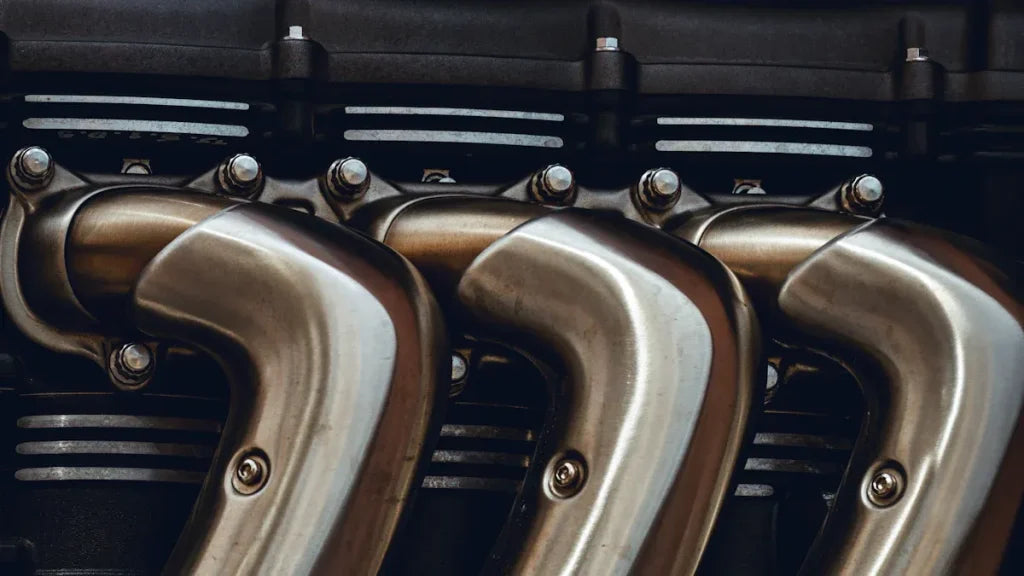
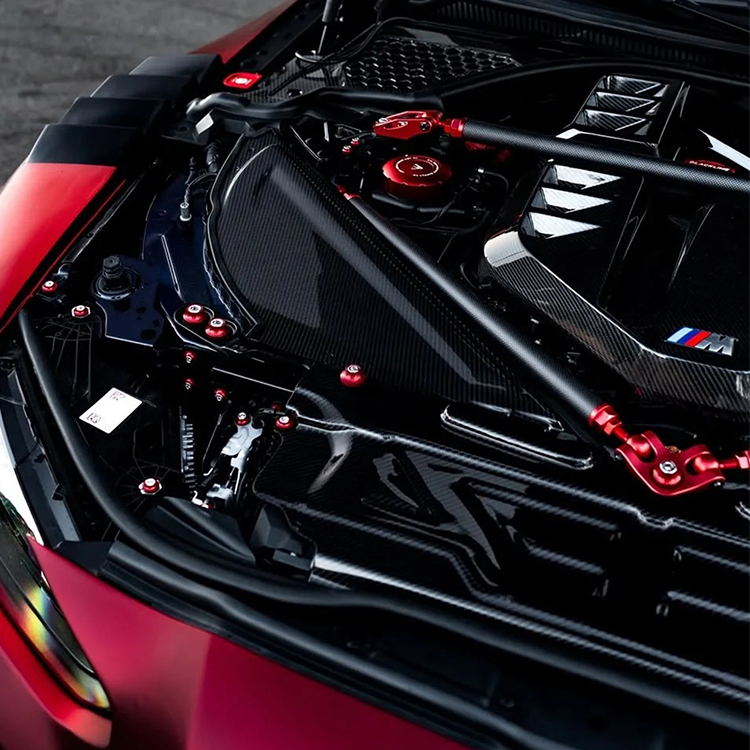
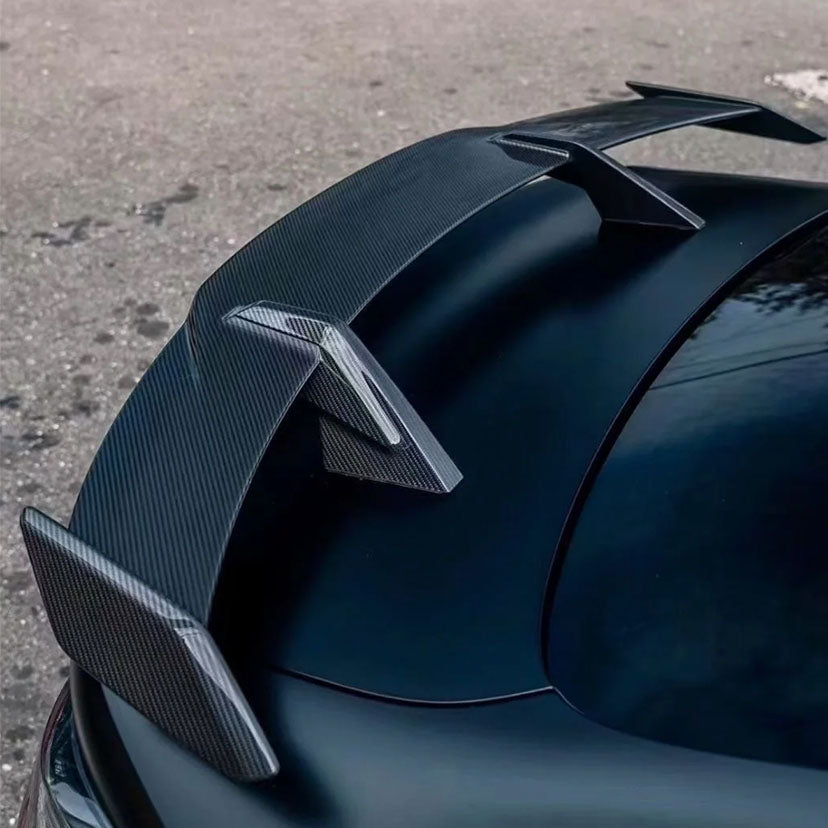
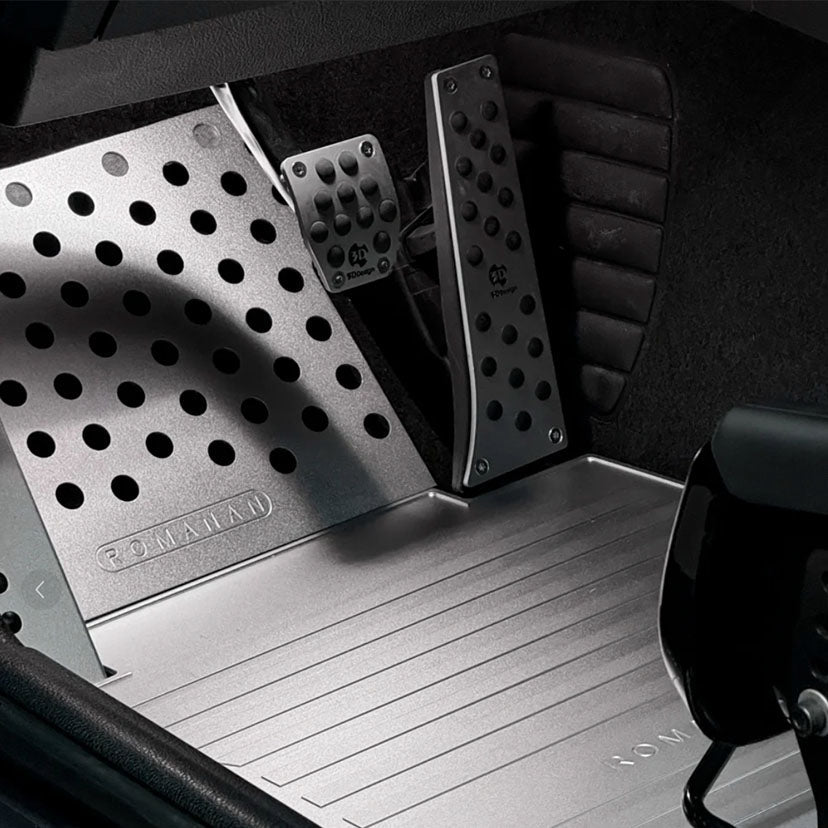

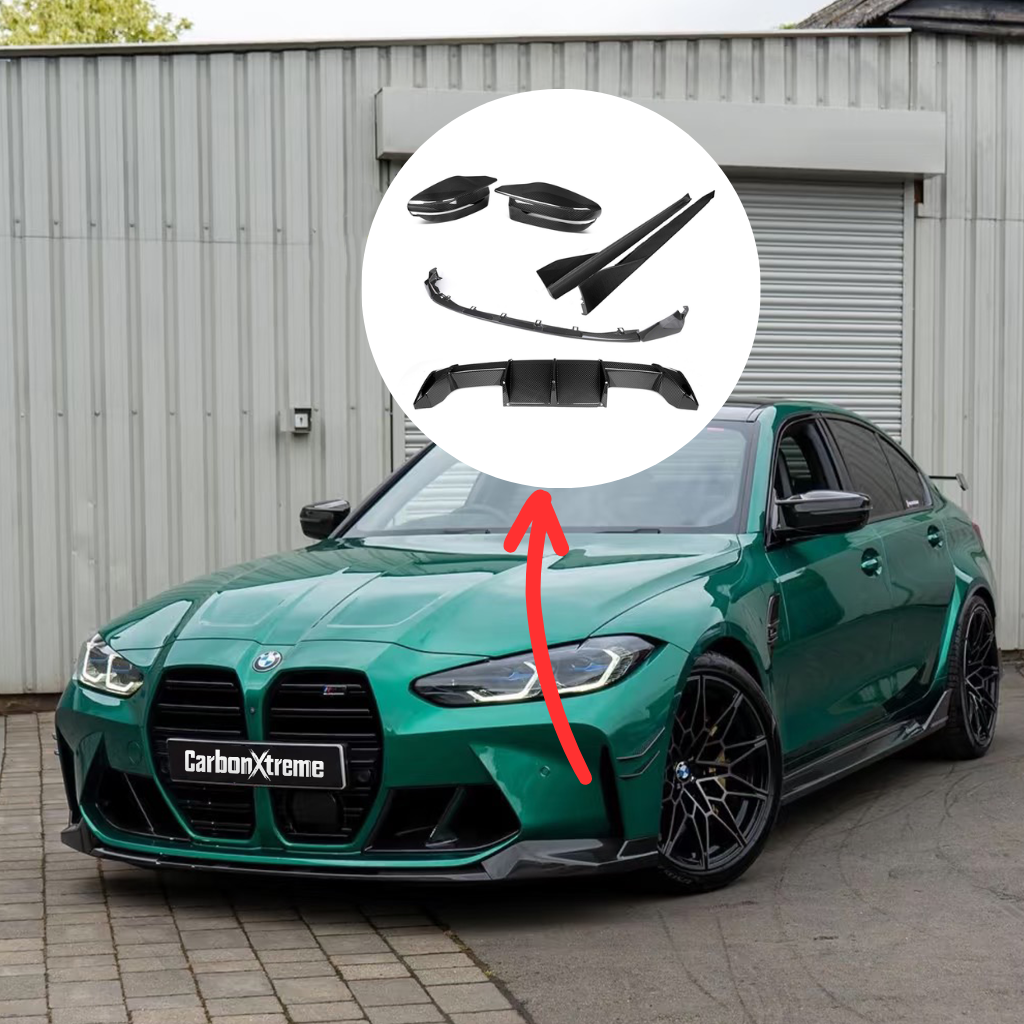
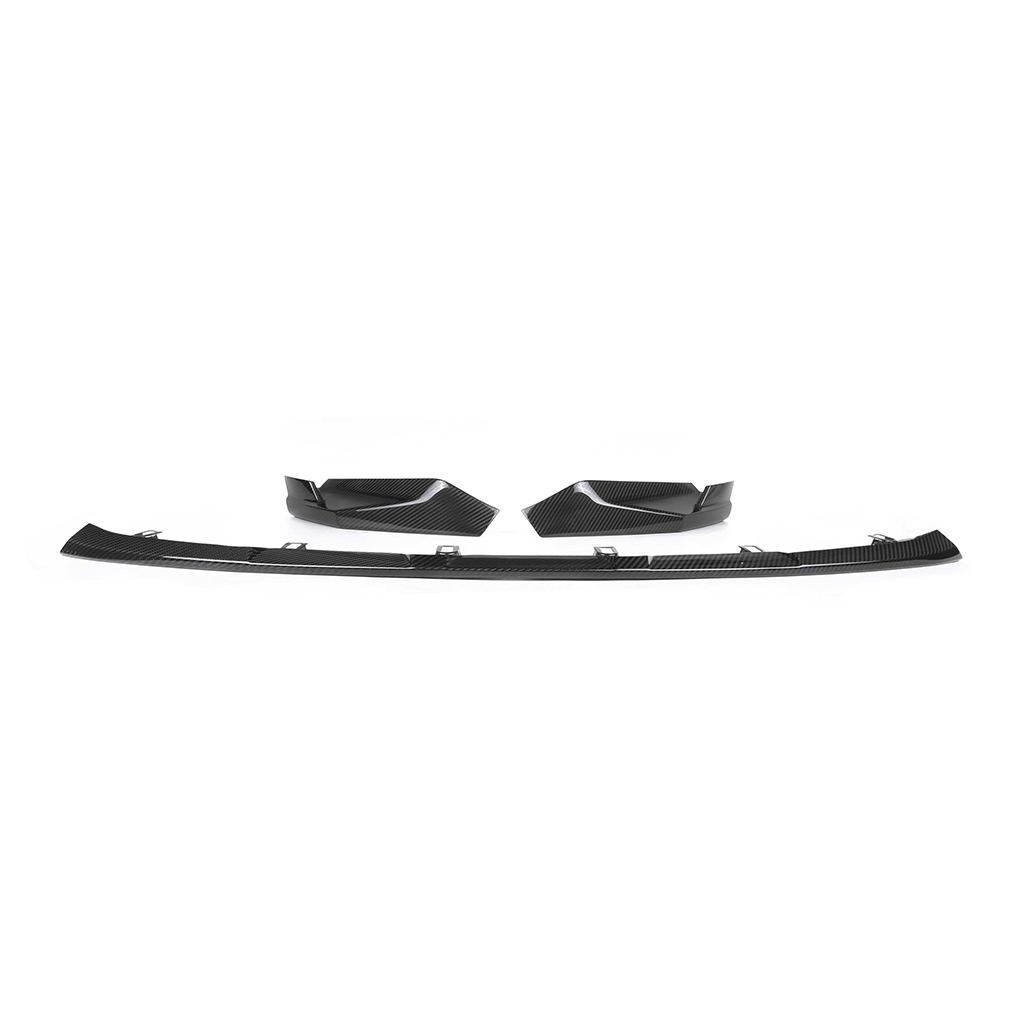
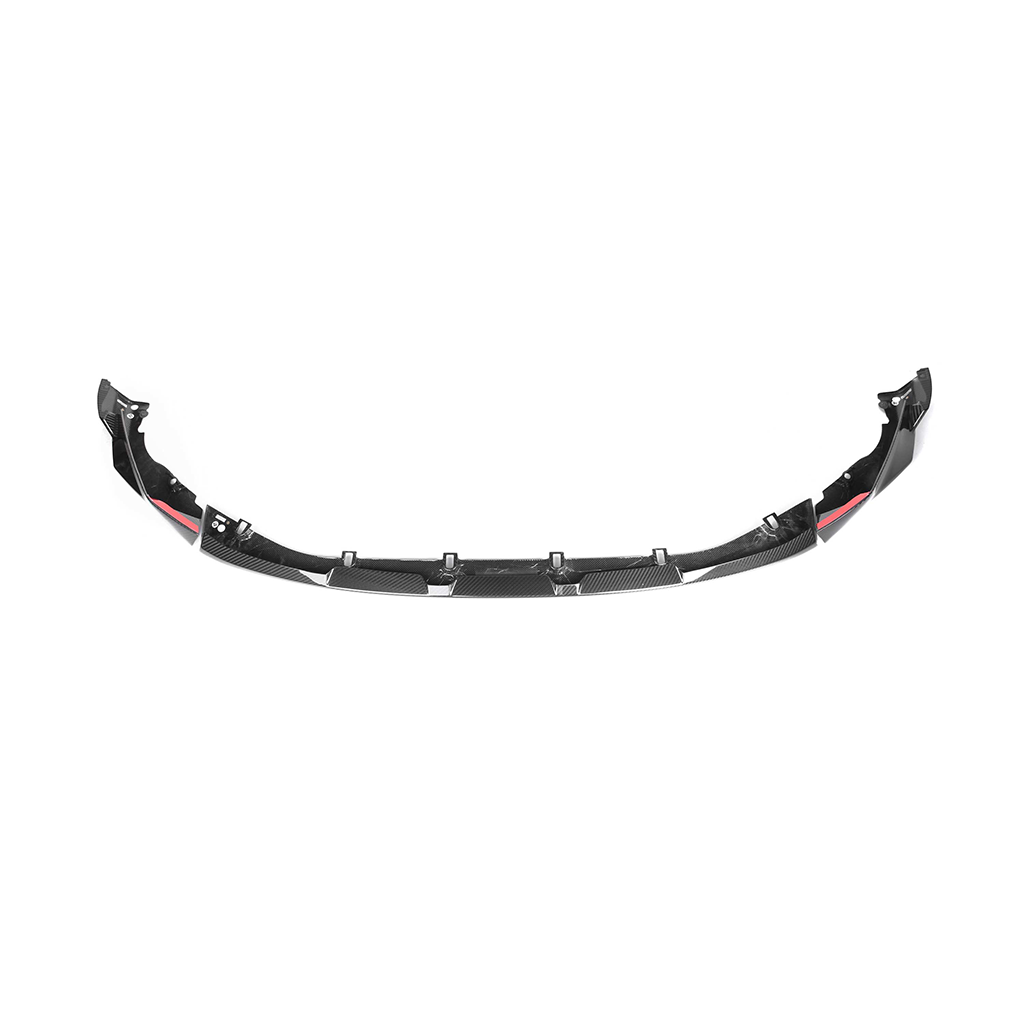
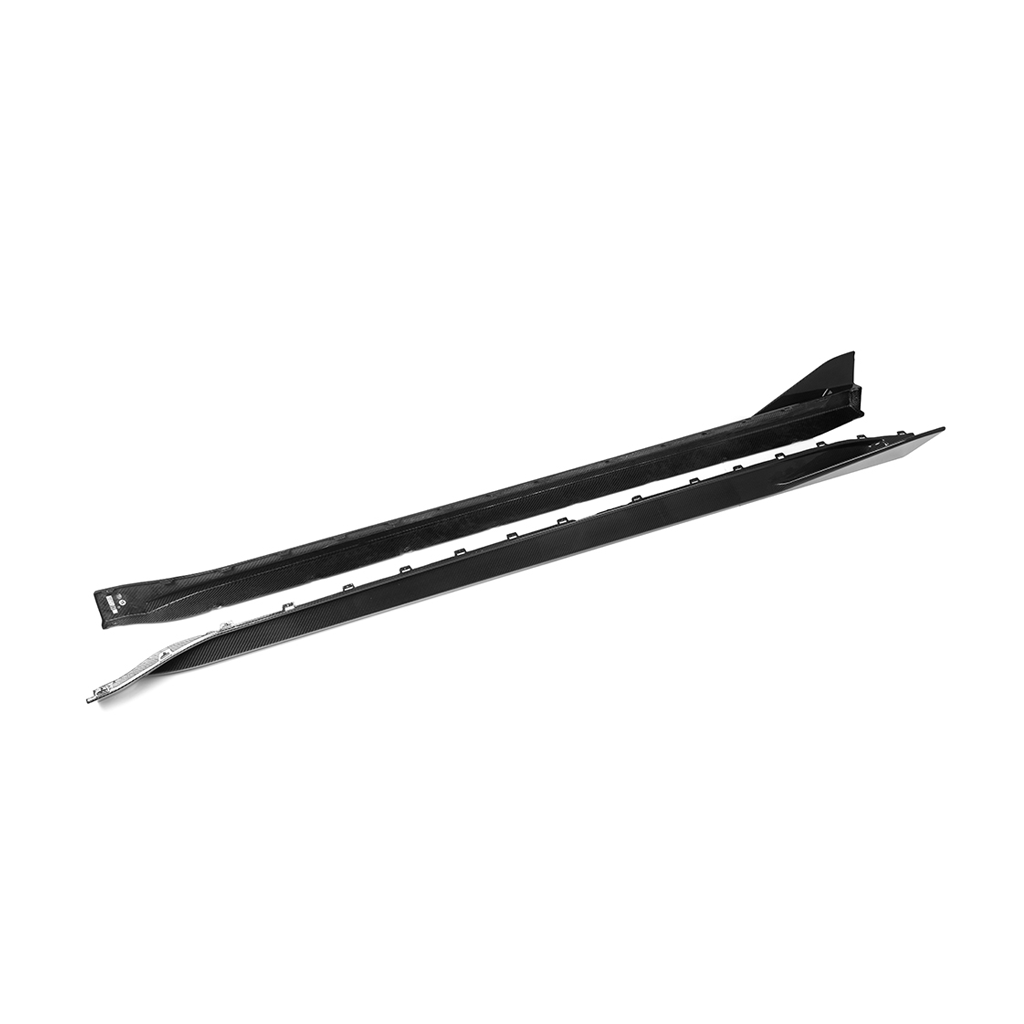
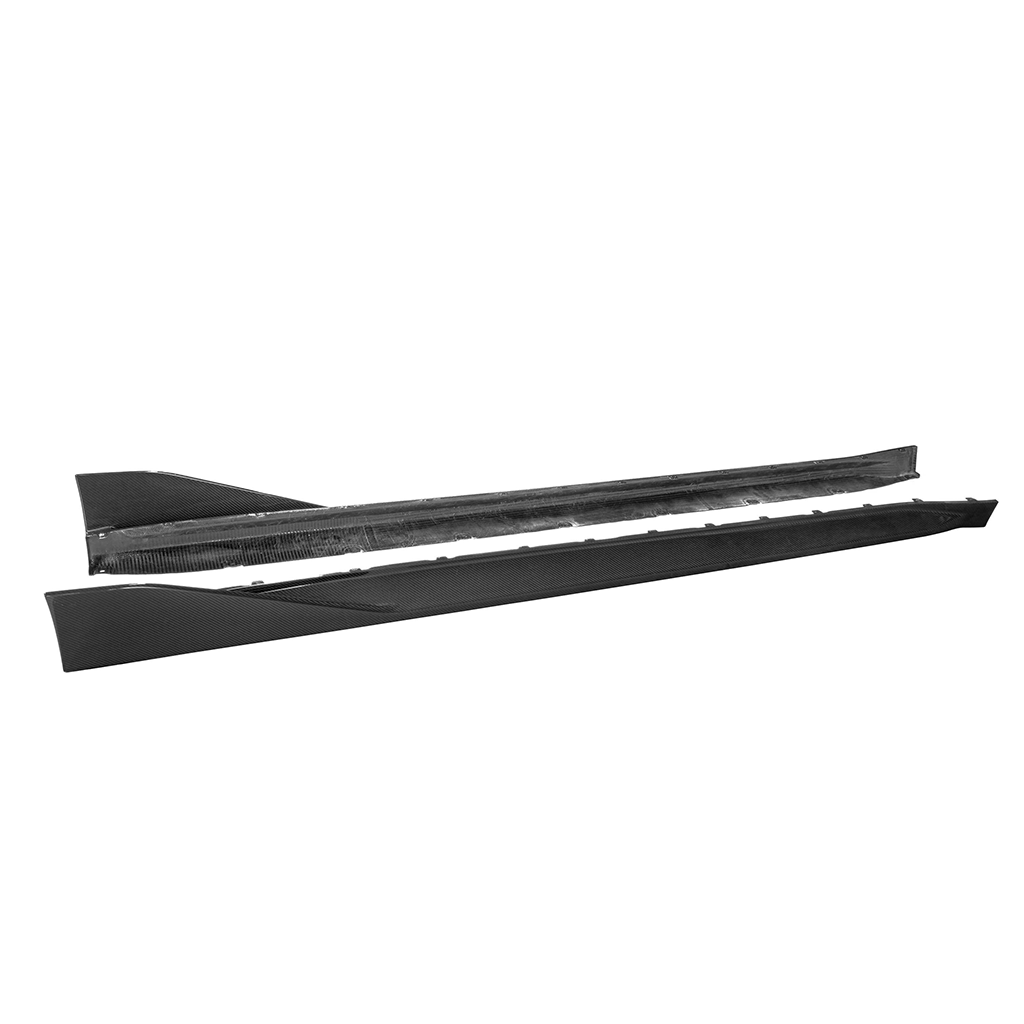
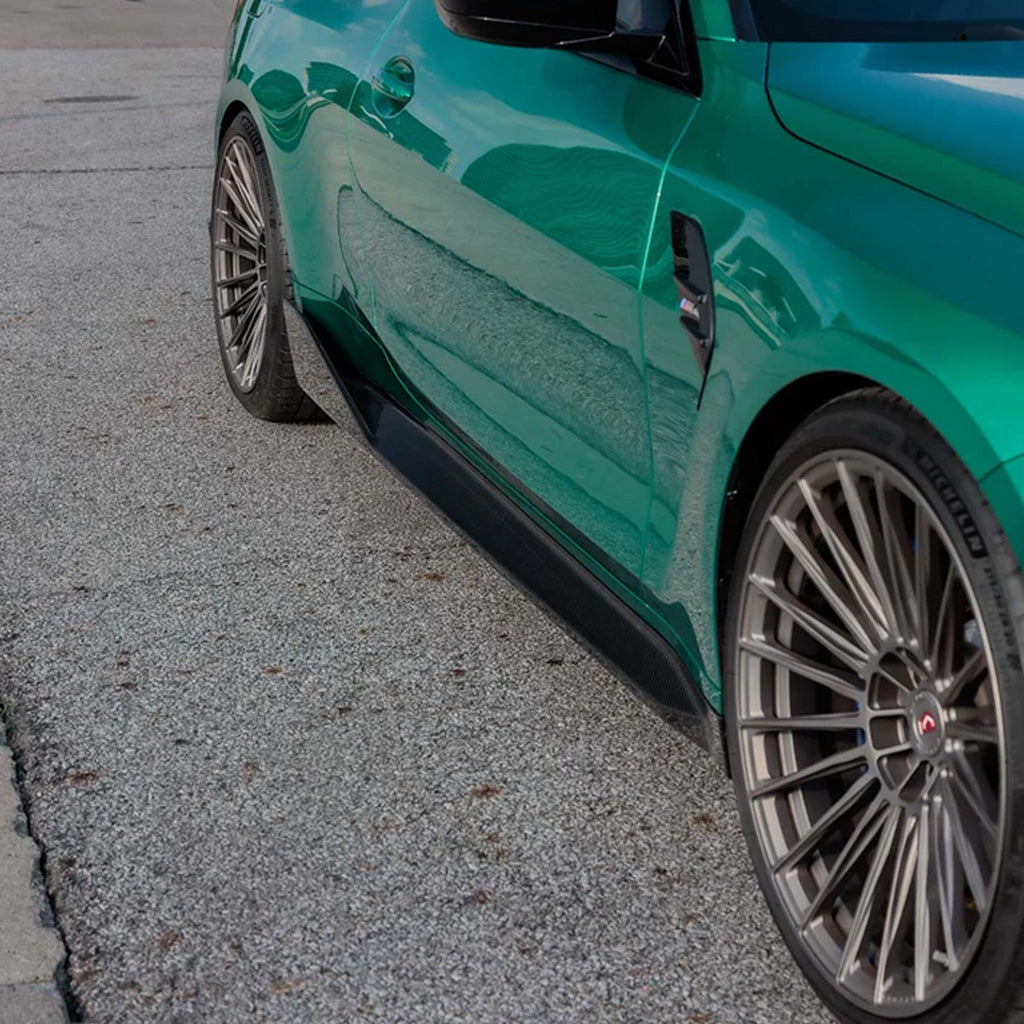



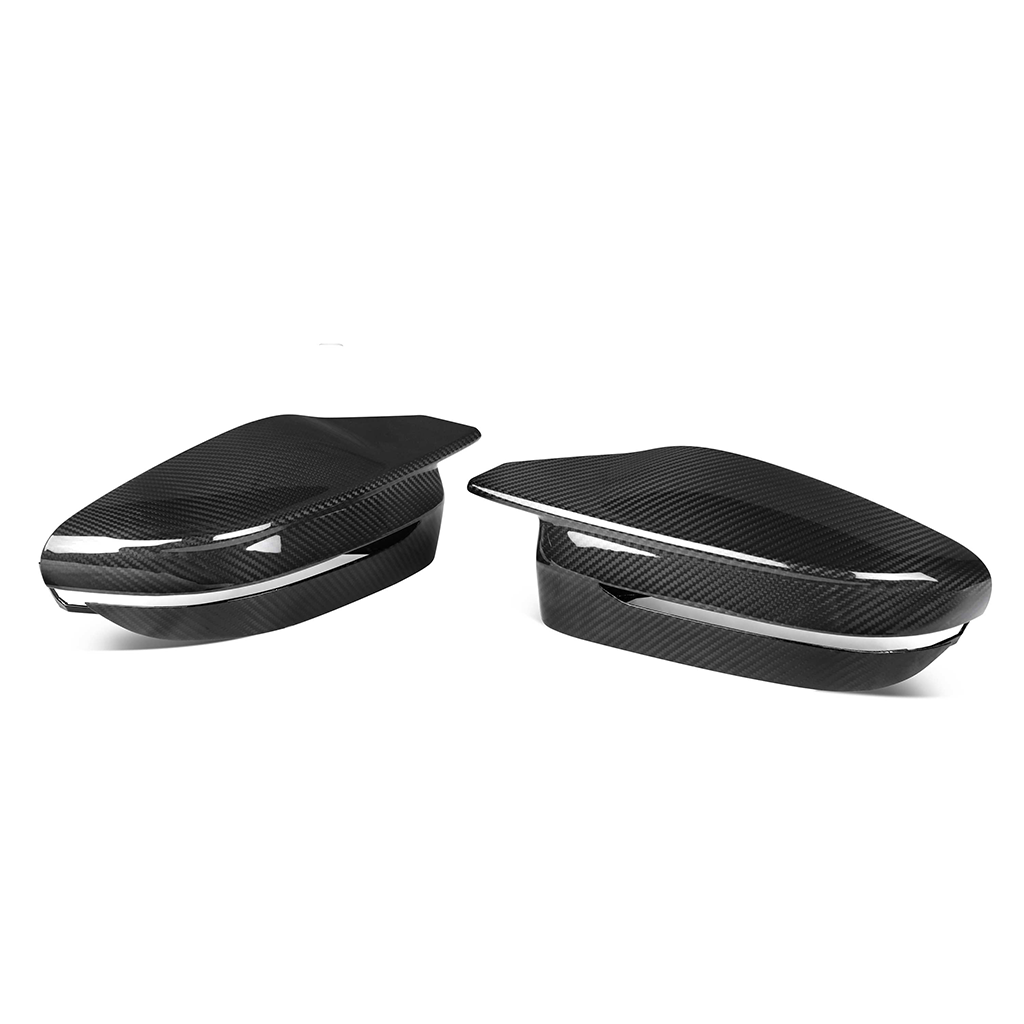
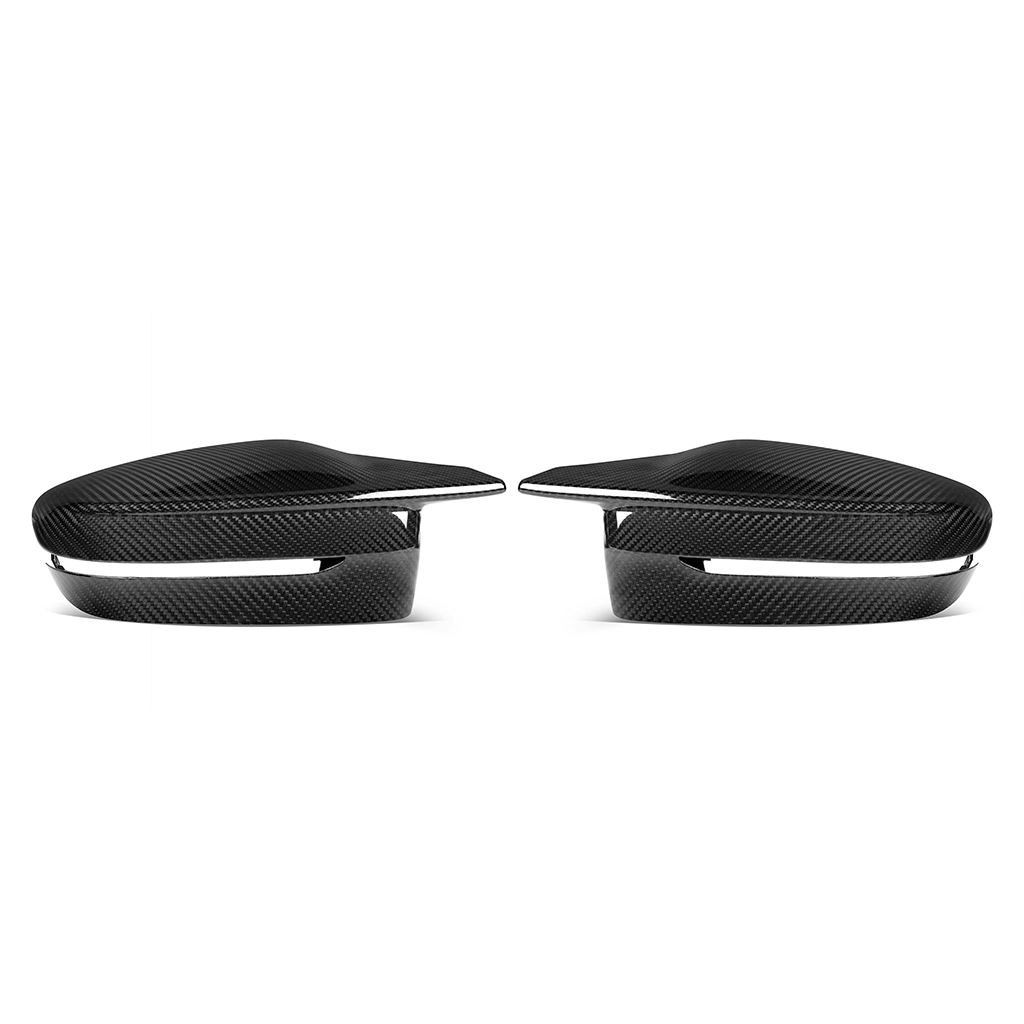
Share:
Understanding the Key Differences Between Torsen and Clutch-Type LSDs
Short Throw Shifters vs Regular Shifters Key Benefits Explained